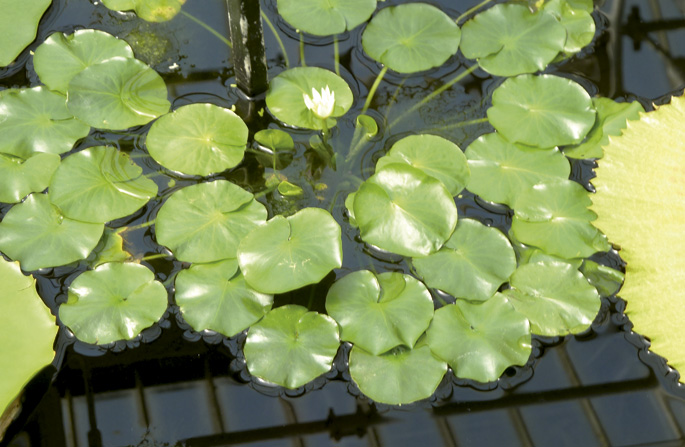A nenufar nano

Hi, I write to you from Richmond upon Thames. I've been working in the police for years. It's a city in the London district, and although we have a lot of things that attract a lot of outsiders, I want to show you a couple of things that you can know. The Kneller Hall Music School, a unique school for the British Army, where our son prepares to be the best soldier, the best butcher, and the impressive royal botanical garden Kew Gardens. There's another bunch of parks and floral orchards in our city, but this Kew is the most famous, known worldwide. It is a section of 360 ploughs declared a World Heritage Site by UNESCO and in which more than 700 people, caregivers and researchers work. Thousands of plant species are guarded around the world: collecting, sowing, caring, reproducing... Laboratories, seed collections, herbaries, libraries, greenhouses and greenhouses with a lot of microclimates from all continents -- they're the envy of any botanist. They try to bring the world's rarest species for collection and research. Its collection is spectacular and constantly growing. For example, the local herbarium leaves have dried samples of almost seven million plants... Most of them come from the tropics. Among them are those who were born in Rwanda, where our son is a tourist enthusiast.
Some drowned and fossilized by the herbarium, but also alive. One of them is the thermarum nenufar Nymphaea. This nenufar is a dwarf with leaves only centimeters thick. It was discovered in 1987 by the German botanist Eberhard Fischer, in southwestern Rwanda, Mashyuza. Fischer took him to the botanical garden of Bonn, which was transferred to our brand-new Kew from Germany through an exchange in 2009. There are now about thirty copies.
At present, the wet areas of Mashyuza are drying up rapidly, thanks to the services that have been organized for tourists. And the Dwarf Nenuphar has disappeared. Those responsible for Kew Gardense have the power to complete the wealth of Rwanda, to some millions of pounds sterling. But you've seen the business wobbling. A Kew Gardens nenufar copy has disappeared for two years and was stolen on 9 January between 8:30 in the morning and 14:55 in the afternoon. Anyone who has any hint to clarify the robbery can call our police station. 44. 2087215934.
Kaixo Jakoba. Badakit gai hau irratian aspaldi ez dela aipatu duzula, baina ez dut gogoratzen nola kendu behar ditugun kanaberak. Guk moztu egin ditugu, baino horrela akabatzen al dira? Eskerrik asko. Josune Etxeberria (Zaldibia).
Kaixo Josune. Kanabera kentzea ez da erraza... [+]










